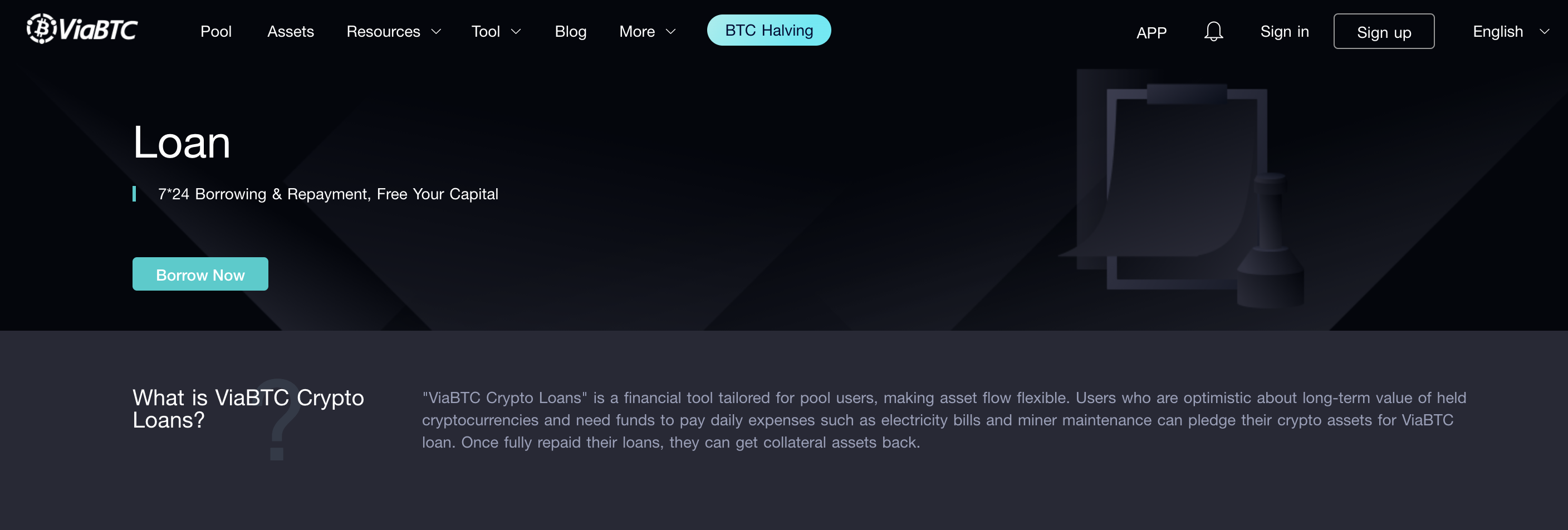If all goes according to plan, Bitcoin's fourth halving is projected to happen on April 20, halving the block reward from 6.25 BTC to 3.125 BTC. This event, which occurs about once every four years, has emerged as a current hot topic, with the community at large closely watching its impact on miners.
Miners play a crucial role in the entire Bitcoin ecosystem, verifying and adding transactions to the Bitcoin blockchain by solving complex mathematical problems, thus earning new BTC rewards. This is the only way new coins are generated in the Bitcoin supply, and one of the mechanisms for controlling Bitcoin's inflation rate and total supply.
Throughout the mining process, besides the investment cost of mining rig, electricity expenses constitute the main operating cost. In most cases, miners sell a portion of the mined BTC to cover costs associated with mining. Therefore, the decision to continue holding or selling is mainly influenced by the miners' mining costs.
Although the cost of Bitcoin mining is difficult to calculate precisely, because it involves multiple variables such as the purchase price of mining rigs, electricity costs, mining difficulty, and the constantly fluctuating Bitcoin price, all of which will affect the final calculation, we can still make a simple estimate.
For example, the widely used ANTMINER S21, its rated hashrate is 200 T, and its rated power consumption is 3500 W. Under the condition that the mining difficulty remains unchanged, this rig can mine 0.00031199 BTC per day. The official website price of ANTMINER S21 is $5,400, and if the electricity cost is calculated at $0.05/kWh, assuming a purchase now, it can mine 0.00530383 BTC before the halving occurs, with the electricity cost during this period being $71.4.
After the halving, if the mining difficulty remains unchanged, the daily mining output of ANTMINER S21 will decrease to 0.00015595 BTC. If mining continues until April 20, 2025, that is, within a year, it is expected to mine out 0.05692175 BTC, with the electricity cost during this period being $1533. Thus, from now until April 20, 2025, a total of 0.06222558 BTC can be mined, with a cumulative electricity cost of $1604.4. To break even by this date, the price of Bitcoin needs to reach $112,564 (current price is $65,890).
Mining with the ANTMINER S21 for a year will incur $1533 in electricity costs, which is an acceptable expense for small-scale miners with only one or a few rigs, even if they retain the mined BTC. However, for large-scale miners who operate hundreds to thousands of rigs, the electricity expenses they face would be a significant outlay, possibly accompanied by other operational costs. Therefore, considering the need for cash flow, selling a portion of the mined BTC for cash to maintain operations is necessary.
With the advancement of technology, miners are no longer limited to selling their BTC to secure cash flow. The sector has introduced diverse financial instruments that provide miners with adaptable financial management solutions. For miners in need of liquidity to cover operational costs such as electricity but are reluctant to sell their BTC, ViaBTC's "Crypto Loans" service offers a viable alternative. Through this financial instrument, miners can use their BTC assets as collateral to borrow USDT from the ViaBTC platform for capital turnover, and redeem their pledged BTC upon repayment of the loan when their financial situation improves.
*For more details, please refer to:
https://www.viabtc.com/finance/loan-tutorial
According to the latest data from CryptoQuant, there's been a decline in the Bitcoin reserves held by miners, with the total falling from 1,821,163 BTC to 1,817,678 BTC within the last month. This reduction suggests miners are selling a portion of their held Bitcoin. It's speculated by some industry analysts that this move could be aimed at reallocating resources towards acquiring more efficient mining rig, thereby aiming to lower their operating costs.
Currently, there are less than 20 days left until the next Bitcoin halving event. During this critical period, improving the energy efficiency of mining rigs and reducing operational costs are crucial to maintaining mining profitability.
In summary, whether miners choose to hold or sell Bitcoin is reasonable. Holding for the long term can be considered the faith of every Bitcoin miner, while selling the mined BTC is to better arrange funds in the future, maintaining a certain amount of cash flow for emergencies. These different strategies actually reflect individuals' different capacities for risk tolerance. For those with a lower risk tolerance, prioritizing selling to recoup the investment and then considering long-term holding is a wiser choice.
*Disclaimer: The article is for reference only and offers no financial advice.